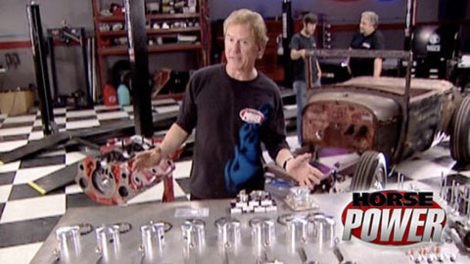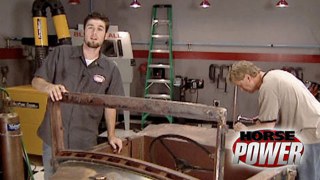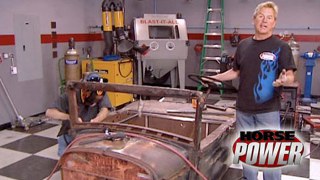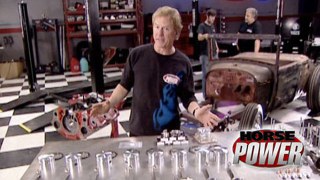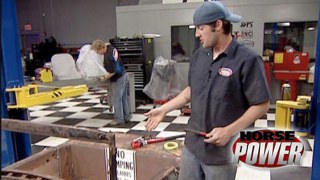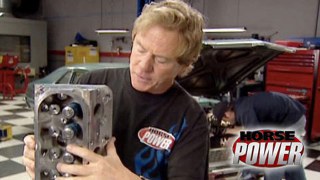More Raunchy Rat Rod Episodes
HorsePower Builds
Want more content like this?
Join the PowerNation Email NewsletterParts Used In This Episode
ARP
Main bolts.
Edelbrock
49-53 Aluminum Cylinder heads (pair).
Edelbrock
600 CFM manual choke.
Gollers Hot Rods
Starter plate, oil slinger, crank keyway, oil filler neck, PCV kit, gaskets, dowel pins, distributor gear, spark plugs, dowel pins, cam and crank gears, camshaft, oil pan, bell housing, water pumps(2).
Hardcore Racing
Machine work.
Honest Charley
Finned air cleaner and matching coil cover.
Honest Charley
Scat rotating assembly 4 1/8 stroke.
Magnuson Superchargers
Supercharger.
Midway Industries
Dual friction assembly for T-5 application, aluminum flywheel for flathead and throw-out bearing.
MSD Ignition
Cut to fit universal V-8.
MSD Ignition
Flathead FORD distributor.
Pete and Jakes
Frame.
Powermaster
75A black 49-53 Powergen.
Powermaster
CS130D 150A GM Alternator.
Powermaster
XSTorque starter.
Shadow Rods
Aluminum engine block.
Shadow Rods
World class T-5, transmission adaptor, main strap kit, oil pump and filter kit.
